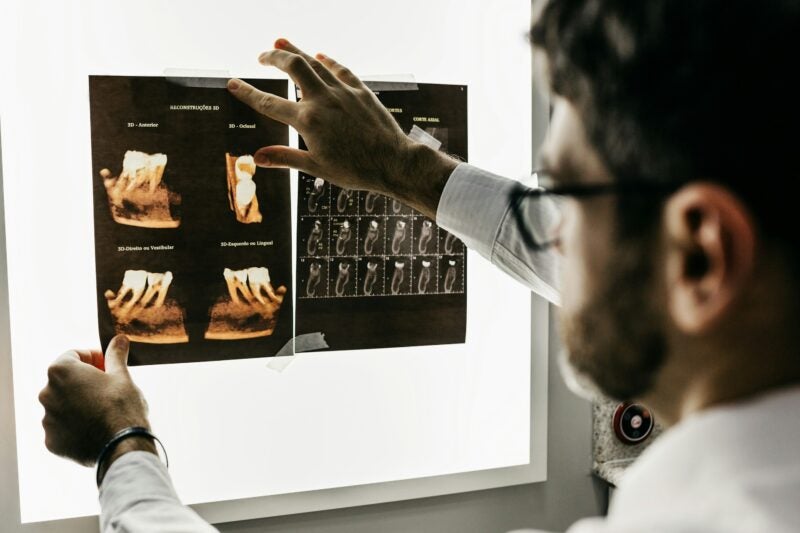
Provisio Medical has secured the US Food and Drug Administration (FDA) 510(k) clearance of the Provisio sonic lumen tomography (SLT) intravascular ultrasound (IVUS) System.
Provisio SLT IVUS System is designed to facilitate simultaneous visualisation and measurement of vessel lumens while providing guidewire support and delivering radiopaque contrast agents.
Provisio Medical’s catheter is said to be the first integrated intravascular imaging and support crossing catheter globally.
The US-based medical device company said that SLT technology offers automatic, real-time, and precise numeric measurements of blood vessel lumens. This removes the challenges of image interpretation and optimises treatment strategies.
The Provisio SLT IVUS System comprises the SLT IVUS P1 System and the SLT IVUS Support Crossing Catheter. The latter serves as both an over-the-wire intravascular ultrasound catheter and a support crossing catheter, featuring an ultrasound transducer array at its distal end.
Provisio Medical said the array enables real-time measurement of vessel dimensions and visualisation of the flow lumen using ultrasound signals.
The company’s integration of this technology into a primary support crossing catheter streamlines the process of acquiring and presenting vessel sizing data, all without disrupting the physician’s workflow.
The innovation potentially reduces data acquisition time, minimises the use of contrast media, and lowers radiation exposure, the medical device firm claimed.
Provisio Medical CEO S Eric Ryan said: “Clinical outcomes in peripheral vascular disease have consistently been shown to benefit from accurate intravascular measurements, yet adoption has been limited by the additional procedure time and training required to interpret images.
“Thanks to the ease-of-use of SLT IVUS, which can be incorporated more efficiently in the peripheral vascular workflow, we believe there is the possibility of increased adoption and therefore improved outcomes for many more patients with potentially devastating peripheral vascular disease.”



